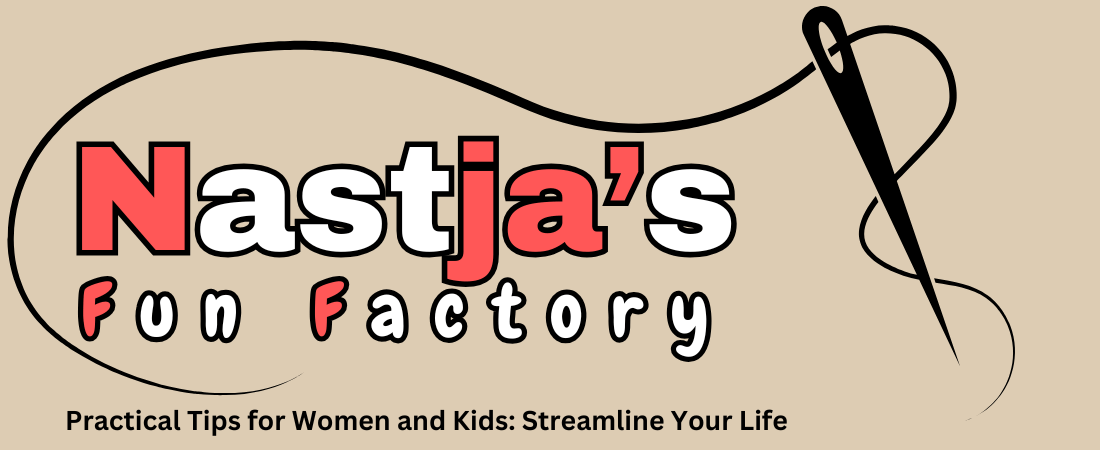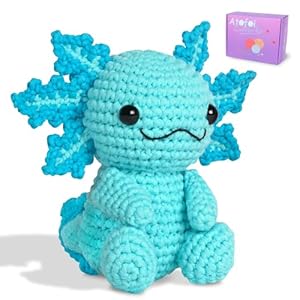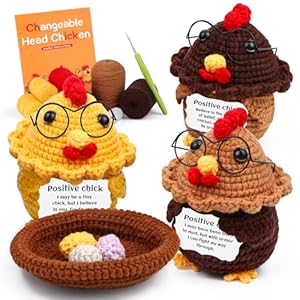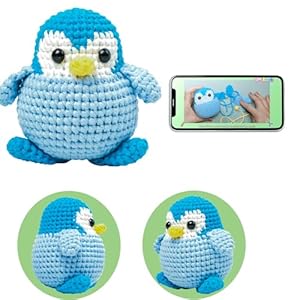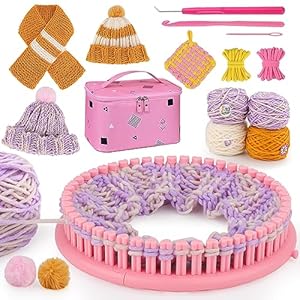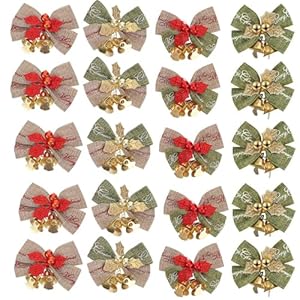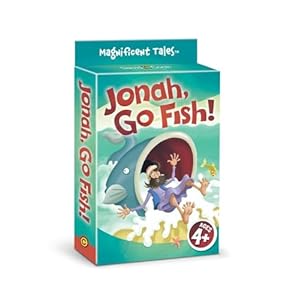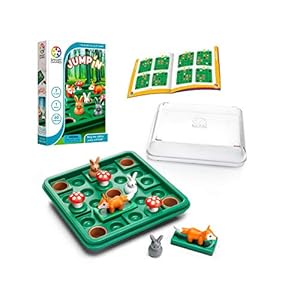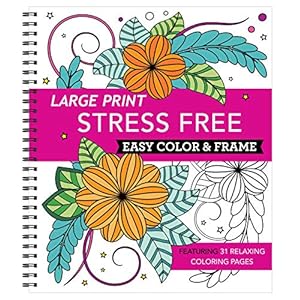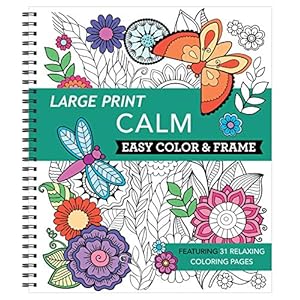
Canson Mi-Teintes Velvet is a pastel paper from the French papermaking Canson family whose story can be traced back to 1557. It is designed to be used with dry and wet pastel drawing and painting applications, giving artists the technical freedom to achieve works with superior precision and personal artistic expression. I’m excited to be reviewing this range of pastel paper here.
Canson Mi-Teintes Velvet: A Pastel Paper Designed for Precision
The Qualities of Canson Mi-Teintes Velvet Paper
One of the features I pay close attention to when choosing paper is the weight, and at 430 gsm this is a heavyweight pastel paper. I have enjoyed working on other papers from the Mi-Tientes range, including the 160 gsm loose sheets, but I’ve been looking for a heavier paper that can withstand the rough and tumble of working on location.
The paper has a velvety surface that enhances pigment adherence. Perhaps, because of this, no fixative is required to protect finished works from smudging. Fixatives can be used to fix work in progress, enabling the pastel artist to continue building up layers. This article explains more about fixatives, Fixatives Are Not All the Same.
There are 14 colours to choose from and three different formats: loose sheets, glued pads, and rolls. The loose sheets are 50 x 65 cm, rolls 1.52 x 5 m available in two colours, Golden Beige and Graphite Grey, and the pad comes in two sizes, 24 x 32 cm and 32 x 41 cm, both have 12 sheets and are available in a range of warm and cool tones. I will be testing paper from the Cream White, Brown, and Grey tones pad. The Brown pad has three colours, Golden Beige, Grey Brown, and Brown and the Grey pad also has three colours, Moonstone, Graphite Grey, and Charcoal Black.

Canson Mi-Teintes Velvet Paper: What is It Suitable for?
To understand more about the paper, I am going to work through a series of experiments using Jackson’s Handmade Soft Pastels. They come in a dry chalk stick form, and I have chosen ten colours from the landscape set.
I will be working through a range of pastel painting techniques focusing on different applications of marks, overlaying of colours, and blending strategies. This is detailed on the pad’s cover sleeve as impasto, a term associated with painting. To understand how the paper responds to wet materials I will be using Jackson’s Pencil Blending Medium. To further test how it withstands moisture I want to do some samples on location in the hills near my home in Edinburgh.

Getting to Know the Materials
The sheets of paper were easy to peel away from the gummed pad which is glued on one edge. I felt assured by the weight and initial touch of the surface. The higher the number, the heavier the paper, 430 gsm is almost card-like. I really wasn’t sure what to expect from the ‘velvet’ surface, but it is beautifully tactile, softer, and more luxurious than the honeycomb and fine grain of lighter Mi-Tientes papers, suggesting its ability to hold both fine detail and expressive marks.
It is important to mention here that each sheet of paper has a film-like coating on the reverse. I couldn’t find any information about this, the archival or environmental implications, or if it is the same on the loose sheets and the roll, but in the pads it does mean the paper is one-sided. It was straightforward to tear down to size but to achieve a deckled edge you would need to pay attention to avoid having a white torn edge.
Systematically I moved each one across the Cream White paper applying even pressure. It was good to see the colours and how they moved against the surface.

Jackson’s Handmade Soft Pastels on Cream White paper
How Canson Mi-Tientes Paper Responds to Pastel Painting Techniques
Continuing with the Cream White paper, I wanted to use a single pigment to make a series of mark-making swatches. For example by scribbling, scumbling, and cross-hatching to understand how the pigment would adhere to the paper and what could be achieved. By changing the pressure behind the mark to achieve tone, altering how I was holding the pastel and thinking about the speed of the marks I was able to create 12 swatches in Dark Umber giving me a good sense of what I was working with. Just completing this fundamental pastel painting technique exercise left me feeling enthusiastic.

Mark-making with light to heavy pressure using Dark Umber soft pastel on Cream White paper
I then wanted to try achieving precise blends of three colours focusing on dark mid and light tones, using Dark Umber, Mouse Grey, and White II (Warm). To achieve precision, I repeatedly worked and layered the individual colour pigments into one another using the specific marks created in the mark-making swatches.

Tonal tests using Dark Umber, Mouse Grey, and White II (Warm) soft pastels on Cream White paper
To ascertain a familiarity with papers from the Brown and Grey pads, I repeated the exercise but changed the pastel colour to harmonise with the paper. Here you can see the Golden Beige paper with a Dark Umber, Burnt Carmine, and Yellow Ochre blend, deliberately selecting vibrant saturated colours. And then I decided to contrast the Graphite Grey paper with a blend of Deep Ultramarine Blue and White II (Warm). I wasn’t aware of any differences in the surface adhesion and accuracy between the paper colours. I enjoyed seeing the tone of the paper come through in gaps between pigments, becoming increasingly aware of its tactility and the potential to overlay colours.

Dark Umber, Burnt Carmine, and Yellow Ochre blend on Golden Beige paper

A blend of Deep Ultramarine Blue and White on Graphite Grey paper
This gave me the idea to take the layering process further while sticking with overlaying warm and cool colours. Working on Grey Brown, which is a beautiful warm mid-toned paper, I made two larger swatches. The cool swatch consisted of five cool colours: Deep Ultramarine Blue, Mouse Grey, Cobalt Blue, Light Grey Green, and Greenish Lemon. The warm swatch comprised: Dark Umber, Burnt Carmine, Violet Brown, Yellow Ochre, and White II (Warm). Each colour was laid down using a different type of application and the order of the layering can be traced as you look at each swatch from right to left, the right revealing the colour and application type before the next layer was added. I repeated the process twice, so each swatch has ten layers, and I felt that it could have continued, and that the surface had the potential to hold much more pigment.

Two tests, warm and cool layers on Grey Brown paper
Having read how heavier papers could hold potentially 30 or more layers in the article, Everything You Need to Know About Pastel Paper, I wanted to see how the paper would respond to more intensive layering alternating two vibrant pigments, Deep Ultramarine Blue and Carmine Red. I counted 18 layers and the pigment was adhering to the surface and retaining its vibrancy.

18 layers of Deep Ultramarine Blue and Carmine Red
Focus on Blending Methods
I had noticed that the pigments were not producing that much dust during the process, but I was curious to explore other blending methods. Working on the Graphite Grey paper, I used my finger to blend the equivalent of primary colours to mix secondary colours. I was quite surprised with the amount of effort involved and some insight into the fact that it is not necessary to use a fixative.

L – R: Blending with Carmine Red and Yellow Ochre; Ultramarine Blue and Greenish Lemon; Cobalt Blue and Violet Brown
Blending With Wet Techniques
The description of Canson Mi-Tientes Velvet Pastel paper details one of the benefits as being suitable for wet techniques. Before doing any tests with Jackson’s Pencil Blending Medium I got some practical advice from this article on Jackson’s Art Blog. I then went on to repeat a mark-making exercise with Dark Umber on Cream White paper, like the one I began with. As I worked through each swatch, I could see how the medium opened the pigment up altering the physical state of the pigment from a dry chalk to liquid.

Dark Umber on Cream White paper blending with Jackson’s Pencil Blending Medium
I went on to explore wet techniques in various ways, repeating the concepts behind some of the earlier samples, but also blending a rainbow of colours and working with different brush strokes. I noticed how the darker pigments became significantly darker, that when blending several colours in close proximity they became a bit muddy. I found I couldn’t work back into the wet pastel and that the medium seemed to take some time to dry, that it didn’t soak into the paper but rather appeared to sit on the surface.

Illustrating wet techniques using Jackson’s Pencil Blending Medium




For my final experiment, I took a pad of Cream White paper to make some drawings on location to see if other mediums were suitable and try to work more sensitively. I tested a 6B graphite pencil with the blending medium and felt really engaged with the surface, the graphite appeared to become a richer drawing tool with greater potential. Using the blending medium expanded the potential of the pencil in a completely new way for me. Although it could not be described as a very wet drawing, like a watercolour, there are no signs of wrinkling, the paper was resilient to moisture. I finished feeling that I wanted to keep exploring different media and approaches.

6B Pencil on Cream White paper

White pastel layered with 6B pencil on Brown paper
The aim of my research was to understand the qualities of the new Mi-Teintes Velvet pastel paper from Canson and how it responds to a range of pastel painting techniques including precise, detailed work, and wet techniques. It is a robust heavyweight paper with a luxurious surface that offers so many exciting possibilities for artists. I found it easy and fun to work with in conjunction with Jackson’s Handmade Soft Pastels, creating a range of detailed and more expressive works for demonstration. All of the materials were new to me, and I did adjust my natural working approaches, but this was an exciting reminder of how materials play a part in the creative process of keeping a practice alive.

Further Reading
Everything You Need to Know About Pastel Paper
Art Terms Explained: Pastel Painting
How Awagami Washi Paper is Made
A History of the Artist’s Book and How to Make Your Own
Shop Canson Mi-Teintes Velvet Pastel Paper on jacksonsart.com
Trending Products
